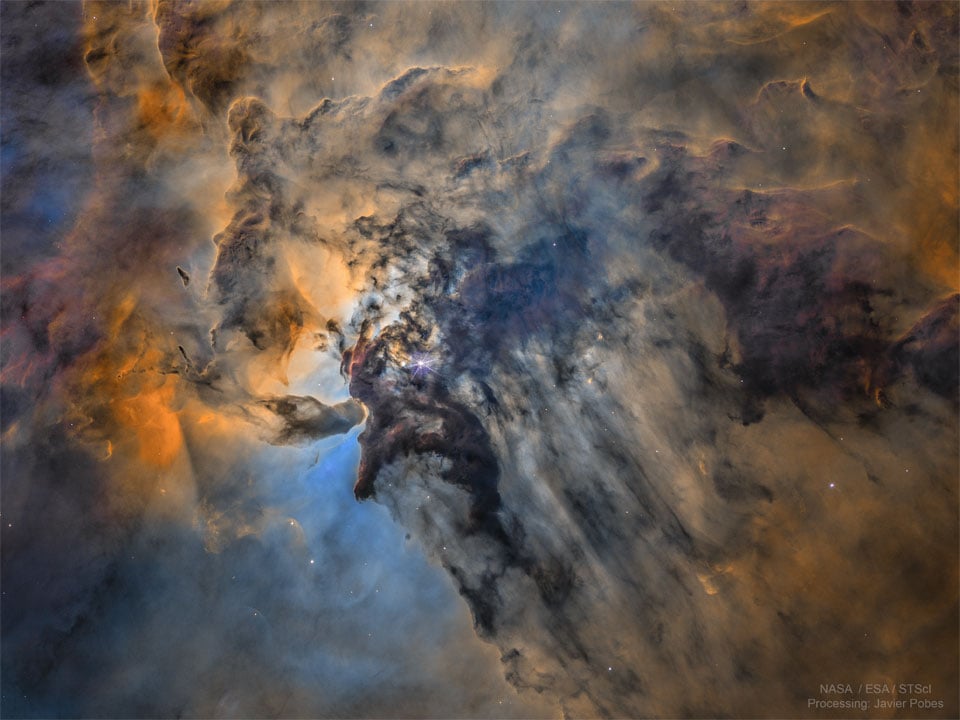this post was submitted on 21 Mar 2025
31 points (94.3% liked)
[Dormant] moved to !space@mander.xyz
10888 readers
1 users here now
This community is dormant, please find us at !space@mander.xyz
You can find the original sidebar contents below:
Rules
- Be respectful and inclusive.
- No harassment, hate speech, or trolling.
- Engage in constructive discussions.
- Share relevant content.
- Follow guidelines and moderators' instructions.
- Use appropriate language and tone.
- Report violations.
- Foster a continuous learning environment.
Picture of the Day
 The Busy Center of the Lagoon Nebula
The Busy Center of the Lagoon Nebula
Related Communities
🔭 Science
- !astronomy@mander.xyz
- !curiosityrover@lemmy.world
- !earthscience@mander.xyz
- !esa@feddit.nl
- !nasa@lemmy.world
- !perseverancerover@lemmy.world
- !physics@mander.xyz
- !space@beehaw.org
- !space@lemmy.world
🚀 Engineering
🌌 Art and Photography
Other Cool Links
founded 2 years ago
MODERATORS
you are viewing a single comment's thread
view the rest of the comments
view the rest of the comments
A provocative thesis from The Death of the Dark Energy Idea argues that dark energy may be an artifact of how we’ve mischaracterized photons themselves.
In the standard cosmological model, photons are treated as transverse electromagnetic waves. To explain the cosmological redshift, this model requires the expansion of spacetime—stretching the wave crests apart as the universe grows. Thus, the entire concept of “accelerating expansion” (and by extension, dark energy) arises as a geometric necessity of the transverse-wave assumption.
The book proposes a striking alternative: photons as longitudinal compression waves. In this framework, redshift emerges naturally from the wave’s own dispersive behavior, without invoking a stretching universe. And interestingly, when the density and motion components of a longitudinal wave are mapped over time, they produce the apparent sinusoidal electric and magnetic field variations of a classical transverse electromagnetic wave. In other words, the traditional transverse profile may simply be the observable projection of deeper longitudinal dynamics. This reinterpretation replaces cosmic expansion with an intrinsic mechanical process within the photon itself — no need to invoke the idea of dark energy to explain anything.
To support a compressible aether model, the author also reexamines the Higgs mechanism.
According to mainstream theory, mass arises as particles interact with the Higgs field—an invisible medium mediated by the Higgs boson. But the author notes that this “field-interaction” picture effectively describes what would occur in any reactive, compressible medium. If matter resides within a dynamic aether, similar resistance and mass effects would arise without requiring an exotic scalar field.
From this angle, the Higgs mechanism might actually be indirect evidence for an underlying compressible aether. In that case, the Higgs field could represent a complex mathematical abstraction of a much simpler physical reality—a mechanical medium that generates inertia and structure.
The discussion extends to two-photon physics, where high-energy gamma interactions produce electron-positron pairs. Here, electrons are modeled as vortical density structures, positrons as standing-wave formations—offering a wave-based ontology for matter creation and annihilation that resonates with quantum field observations but restores intuitive mechanical causation.